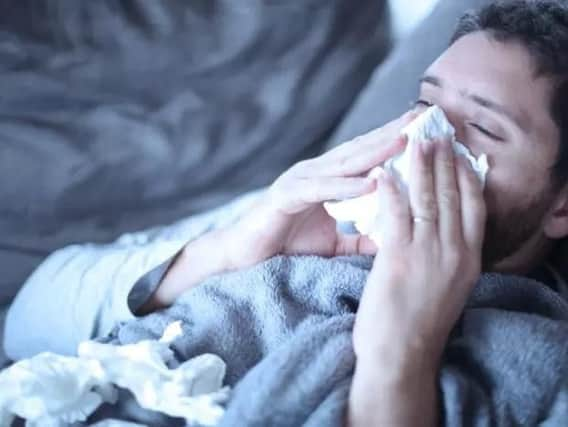FIRST AID: how to treat a fever


A fever is when a person has a persistent high temperature above 37°C (98.6°F). This is normally caused by a bacterial or viral infection and are often associated with a sore throat, earache, measles, meningitis or chickenpox. Beware of recent overseas travel. If a young child’s temperature rises above 39°C (102. 2°F) this can be dangerous and might trigger a seizure.
What to look for
1. A persistently high temperature – above 37°C (98.6°F)
3. Feeling cold, with goose pimples, shivering and chattering teeth
Later they may have:
4. Hot, flushed skin and sweating
5. A headache
6. General aches and pains
What to do:
Advertisement
Hide AdAdvertisement
Hide Ad1. If someone has a fever help make them comfortable and keep them cool, ideally in bed with a sheet or light duvet. Do not use a sponge to cool them as there is a risk of over-cooling
2. Give the casualty plenty of cool drinks to replace any fluid loss through sweating
3. If they’re feeling unwell, you can give them the recommended dose of paracetamol tablets for an adult, or the recommended dose of paracetamol syrup for a child. Do not give aspirin to anyone under the age of 16
4. Monitor their level of response until they recover. If you are worried, seek medical advice.
For more free first aid advice, please go to sja.org.uk/firstaid. For more information about first aid courses please call 0303 003 0101.